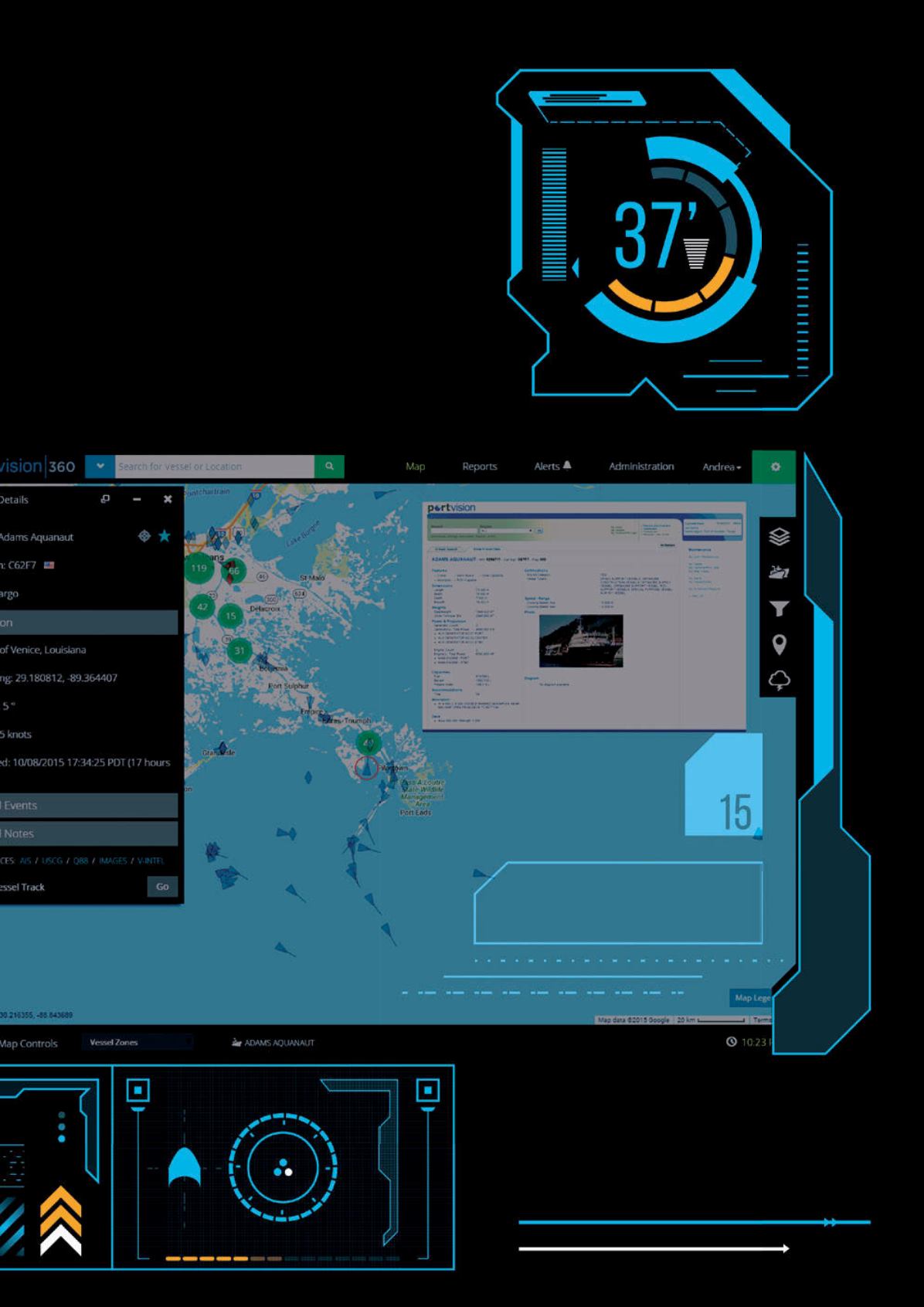
during August 2015 in partnership with the Greater LaFourche Port
Commission and Oceaneering.
Port entrances and other waterways are often in close proximity to
dense networks of marine natural gas and liquid pipelines. These fixed
underwater assets can be damaged by vessel anchors, spud barges and
direct vessel impacts, especially in shallow water where the pipelines
are most densely distributed. To keep this from happening, CAMO is
using Oceaneering’s® PortVision® AIS-based vessel monitoring service
to monitor and alert vessels that might be slowing or anchoring in two
charted pipeline corridors north and south of Port Fourchon that pass
under its main navigable channel.
The process is simple: when the PortVision service shows that a
vessel is operating at a speed less than 0.5 knots for three minutes or
more within one of these corridors, an addressed, one-time AIS safety
related message (also known as ‘message 12’) is immediately transmitted
directly to the vessel’s wheelhouse that says, ‘PIPELINE BELOW’.
Depending on the equipment installed on the receiving vessel and its
57


